#freshwater fish
Text

sketchbook painting of a little cherry salmon (oncorhynchus masou)
acrylic & digital 2023
print
18K notes
·
View notes
Text

Drawing rainbow trout in my diary <3
4K notes
·
View notes
Text

sturgeon and paddlefish for a commission!!
5K notes
·
View notes
Text

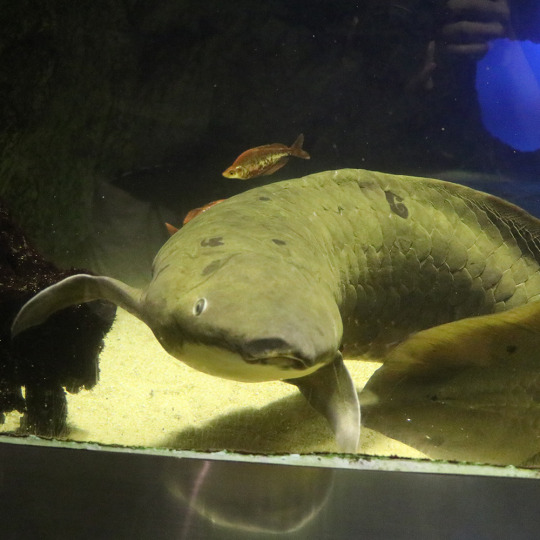
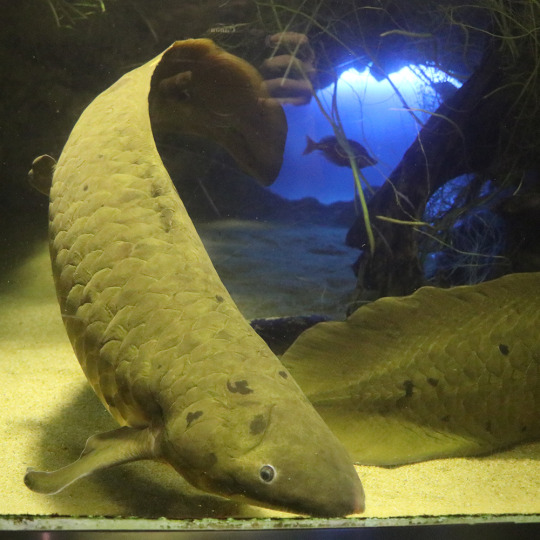
呼吸してるところも見られた
でもいつも撮れないんだよなぁ
興奮しすぎてるのかもしれないです
@鳥羽水族館
I could see them breathing, but I can't always capture it. I might be too excited....
@Toba Aquarium
#neoceratodus forsteri#ネオケラトドゥスフォルステリ#ネオケラトドゥス・フォルステリ#オーストラリアハイギョ#lungfish#Australian lungfish#fish#freshwater fish#鳥羽水族館
2K notes
·
View notes
Text

Noses :)
430 notes
·
View notes
Text

AMUSE - 20cm Goldfish
#plush#plushie#plushies#plushblr#plushcore#toycore#soft toy#stuffed animals#amuse#amufun#goldfish#freshwater fish#fishposting#plush: fish
899 notes
·
View notes
Text
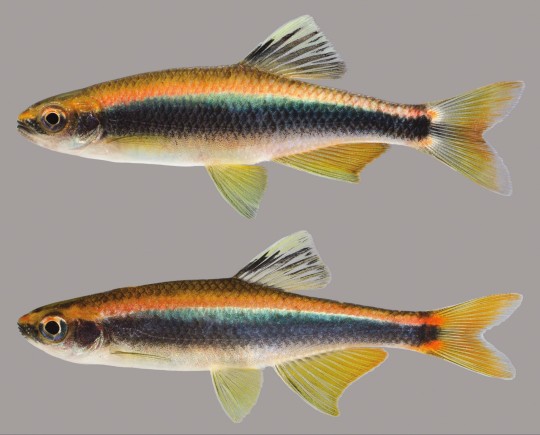
Sailfin shiner | Pteronotropis hypselopterus
x
669 notes
·
View notes
Text


aquatic animal illustrations for friends
#art#artists on tumblr#mixed media#collage#acrylic painting#colored pencil#traditional art#fish#fishblr#fish art#polychaete#marine biology#freshwater fish#marine fish#marine invertebrates#wormart
901 notes
·
View notes
Text
The Blue Bird of the internet is going to shit, so I figure I’ll start posting more art here now.



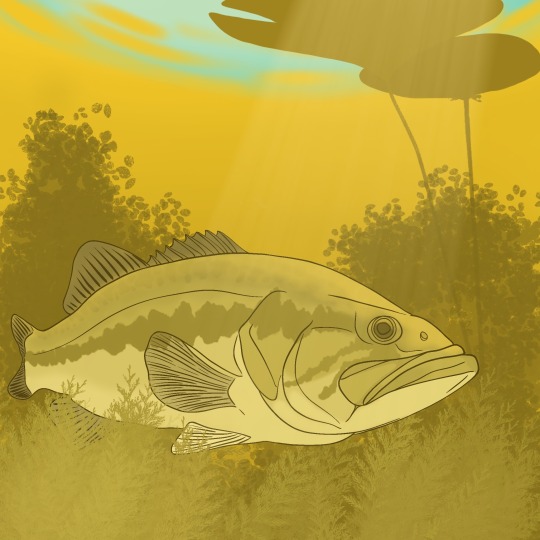
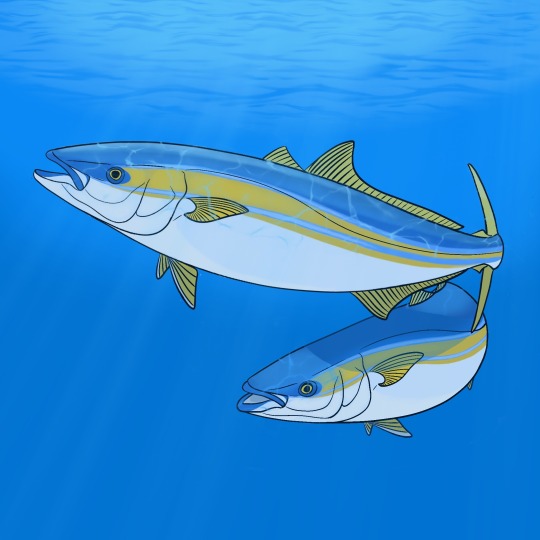


Do I do commissions at some point? (*indecisive wiggling*)
1K notes
·
View notes
Text
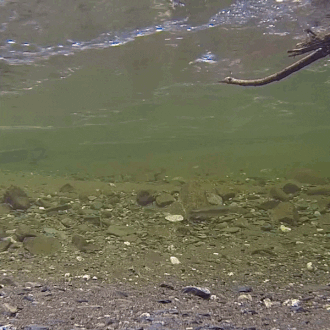
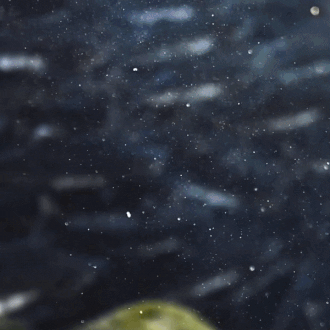
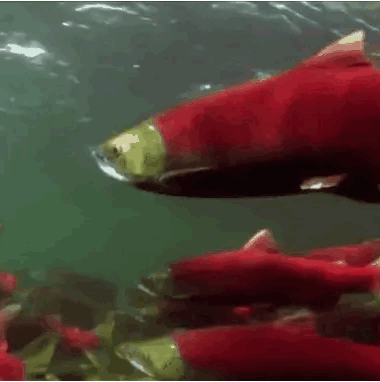
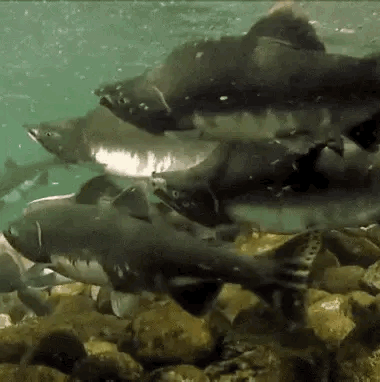
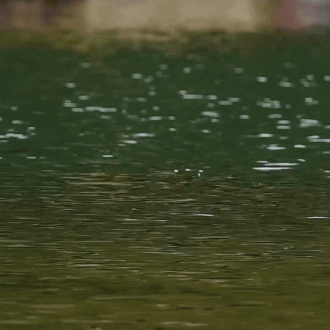
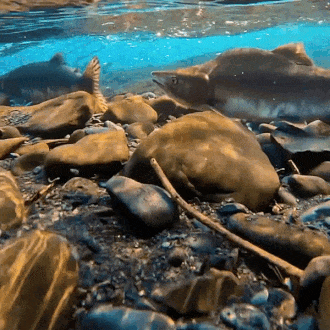
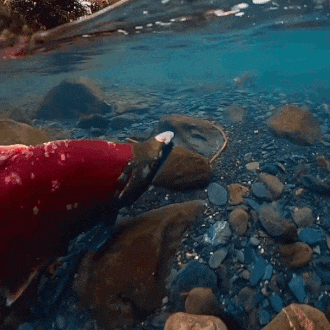
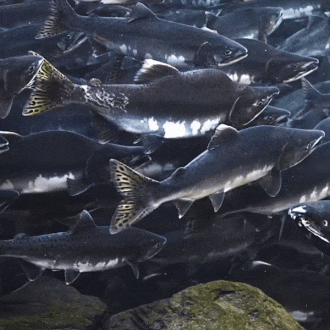
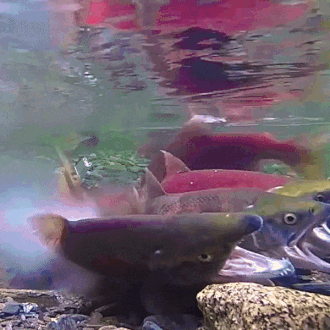
salmon for anon!
🐟-🌊-🐟 / 🌊-🐟-🌊 / 🐟-🌊-🐟
#stim#stimboard#salmon#fish#sfw#nature#red#gray#grey#blue#green#underwater#animals#water#sockeye salmon#freshwater fish#salmon run#rocks#euryhaline ray-finned fish#rivers#requests
899 notes
·
View notes
Text

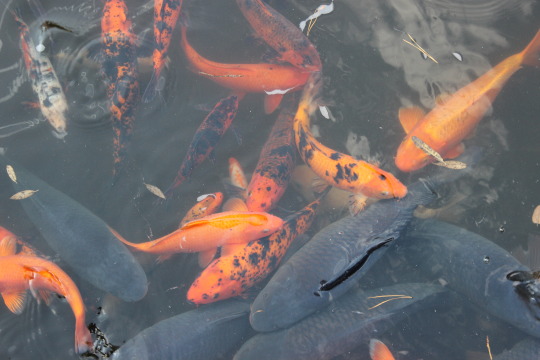
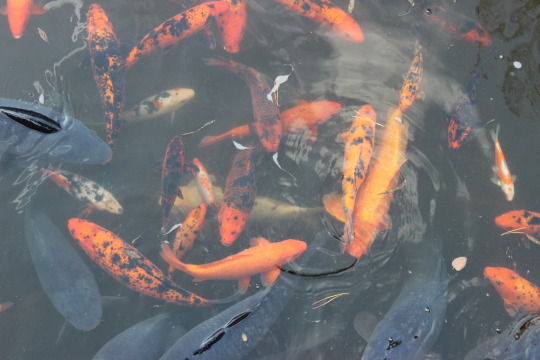


#fish#fishblr#fishes#sea life#water aesthetic#water#pond#naturecore#nature core#nature photoshoot#nature photography#nature#creatures#animals#cute animals#canon#canon photography#freshwater fish#koi fish#koi#goldfish#aquarium#красота природы#рыбы#рыбки#пруд#река#природа#aesthetic#carp
418 notes
·
View notes
Text

the flesh will persist (graphite & digital, 2023)
print
#salmon#zombie salmon#freshwater fish#nature#graphite#traditional art#my art#animal death#id in alt text#been thinking a lot about how salmon can start to decompose while they are still alive
14K notes
·
View notes
Text
Easily my most popular post was about paddlefish, so this Wet Beast Wednesday it's time to give them their moment in the sun. Paddlefish are members of the family Polyodontidae and one of only two surviving members of the order Acipenseriformes, the other being sturgeons. The Acipenseriformes are one of the oldest lineages of ray-finned fish and diverged from the ancestors of all other modern ray-finned fish around 300 millions years ago. While paddlefish have been around since the Cretaceous period, there is only one living species, the American paddlefish (Polyodon spathula). Another modern species is the Chinese paddlefish (Psephurus gladius), but the last sighting of one was in 2003 and they were officially declared extinct in 2022. In this post, unless I specify otherwise everything I say will be referring to the American paddlefish.

(image: either an American paddlefish or a basking shark that got its nose caught in a hydraulic press)
Paddlefish are named for their very long rostrums which are packed full of electrorecepting organs called the ampullae of Lorenzini used to sense electric fiends in the water. The ampullae are not only on the rostrum, but also on the head and large skin flaps that extend from the operculum (gill cover). They are so sensitive that paddlefish are able to sense the movement of individual body parts of zooplankton. Paddlefish use their rostrums to detect their prey, which consists almost entirely of zooplankton. They are ream suspension feeders, swimming toward swarms of zooplankton with their mouths open. As the water passes through the gills, gill rakers filter out the zooplankton, which is then swallowed. Other fish that use this feeding method include basking sharks. While the rostrum is the primary method of prey detection, other ampullae on the head and operculum flap allow the fish to still effectively find food even if the rostrum is damaged or destroyed. When working fish fish on the Mississippi I caught multiple paddlefish who lost their rostrums to propeller strikes and were still doing fine. Electroreception is their main sense, with their eyesight being extremely poor.

(image: the skeletal structure of the rostrum)
As chordates, paddlefish have a notochord that runs from the head down the body. In most modern chordates, the notochord is only present in the embryo and is lost during development. This is not the case for paddlefish, who retain their notochord into adulthood, where is acts as a soft spine. While paddlefish (and their sturgeon cousins) are bony fish, they have lost most of the bone and now have skeletons composed almost entirely of cartilage. It is for this reason that early taxonomists initially miscategorized paddlefish as freshwater sharks. To be fair, they do look a lot like miniature basking sharks. Who crossbred with spoons. They also lost their scales and have smooth, easily damaged skin instead. Their skin is so easily damaged that just being caught in nets can leave scars. Paddlefish are large and long-lived. The American species reaches an average of 1.5 m (5 ft) in length, with the rostrum making up a third of that, and a weight of 27 kg (60 lbs). The largest recorded specimen was 2.16 m (7 ft 1 in) and an estimated 90 kg (198 lbs). Despite being one of the largest American freshwater fish, they paled in comparison to the Chinese species, which could reach 3 m (9.8 ft) and 500 kg (1,100 lbs). The largest Chinese paddlefish on record was 7 m (23 ft) long and was estimated to weigh "a few thousand pounds". The Chinese paddlefish also preferred larger prey, feeding largely on small fish and crustaceans. American paddlefish live an average of 5 to 8 years, but in the right circumstances can live up to 60 years, with females generally living longer. The Chinese paddlefish had an estimated average lifespan of 29-38 years. In both species, it is believed that human activity drastically reduced their average lifespans.
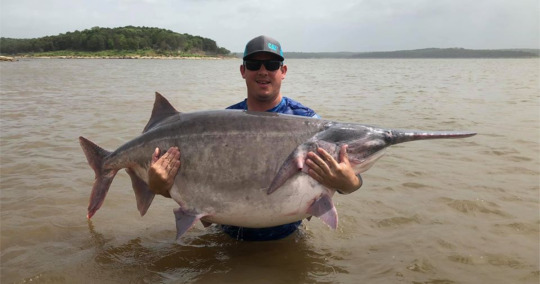
(image: an absolute unit of an American paddlefish)
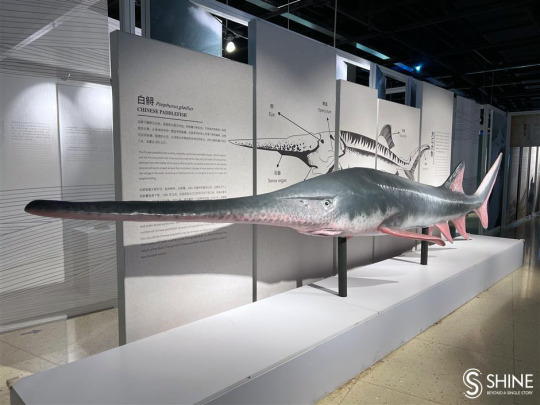
(image: a reconstruction of a Chinese paddlefish from the Shanghai Science and Technology Museum)
Paddlefish travel upriver to spawn in spring. They prefer to span on shallow gravel bars that would be exposed to air if not for spring rainfall and snow melt. Because they require very specific conditions to spawn, spawning rarely occurs every year. Every 4-5 years is more common. Paddlefish are broadcast spawners, with both males and females releasing gametes into the water column. Fertilized eggs are negatively buoyant and sticky. They will sink to the bottom and stick to the gravel. Once hatched, larvae will be swept down river to develop in deep pools. They are born without rostrums, which start to grow almost immediately. Paddlefish mature late, with females becoming sexually mature between 7 and 10 years of age, with a few not maturing until as late as 16-18 years. Human activity is resulting in many individuals dying before becoming sexually mature. American paddlefish are cross-fertile with the Russian sturgeon (Acipenser gueldenstaedtii), producing a hybrid offspring known as the sturddlefish despite being separated by the Atlantic ocean and 184 million years of evolution. This was discovered by accident when scientists introduced paddlefish sperm too sturgeon eggs as a control group for an experiment. I made a post on the sturddlefish which you can read here.

(image: three larval paddlefish of different ages)
American paddlefish are classified as vulnerable by the IUCN. They are native to the Mississippi river basin that encompasses much of the midwest and south of the United States, but their range used to be larger, reaching into Lake Huron, the Northeastern U.S. and parts of Canada. This reduction of native range is due largely to human activity, mostly overfishing and habitat loss. Zebra mussels, an invasive species, are a major competition for paddlefish as theybith feed on zooplankton. Reintroduction programs have begun in some of the states they were extirpated from, and they have been introduced to China, Cuba, and multiple countries in Europe for use in fishing and caviar production. 13 states allow for sport fishing of paddlefish, some of them relying on restocking to maintain a population for anglers. Paddlefish meat is edible and their eggs can be used for caviar. Paddlefish can be raised in captivity, but must will not spawn in captivity and so establishing captive populations requires gonad extraction and artificial insemination. Poaching of wild paddlefish for their eggs is an ongoing problem. The extinction of the Chinese paddlefish is believed to be the result of overexploitation and habitat loss.
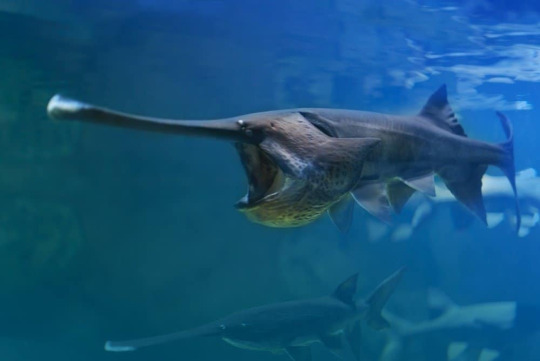
(image: a paddlefish with its mouth open)
#wet beast wednesday#biology#zoology#fish#ecology#fishblr#freshwater biology#freshwater fish#aquatic biology#paddlefish#american paddlefish#chinese paddlefish#animal facts
518 notes
·
View notes
Text
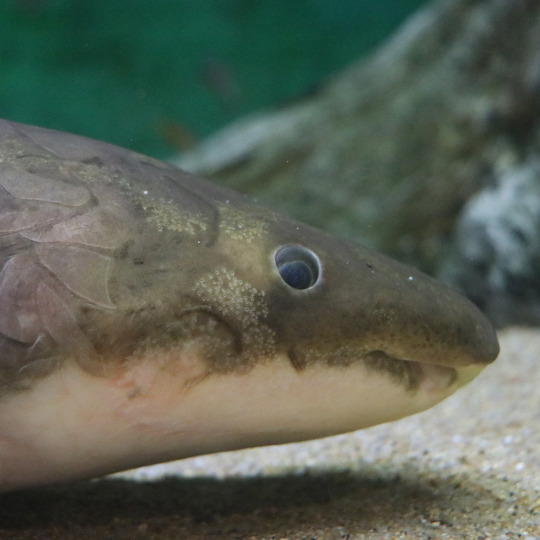
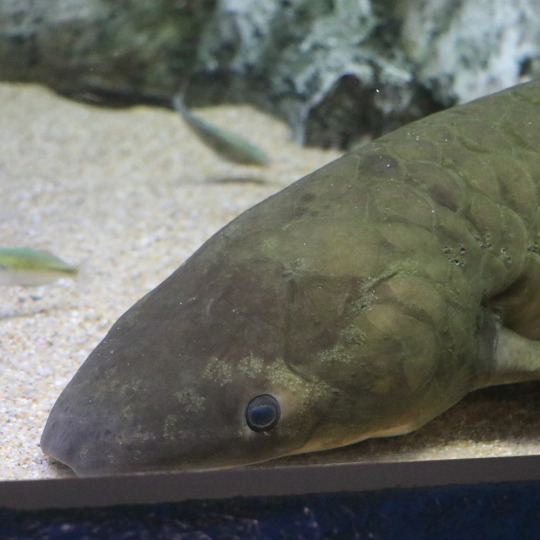
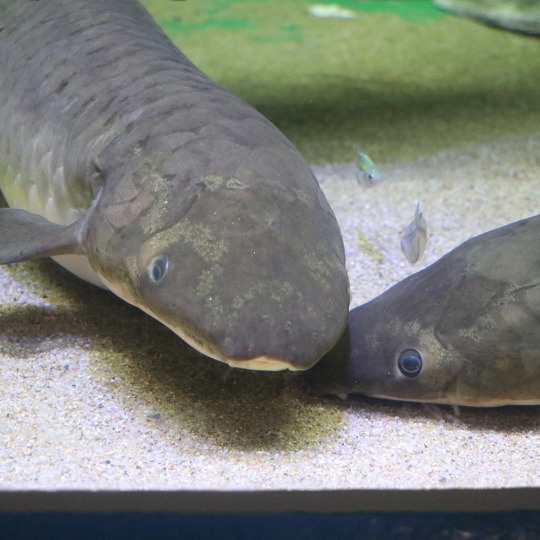
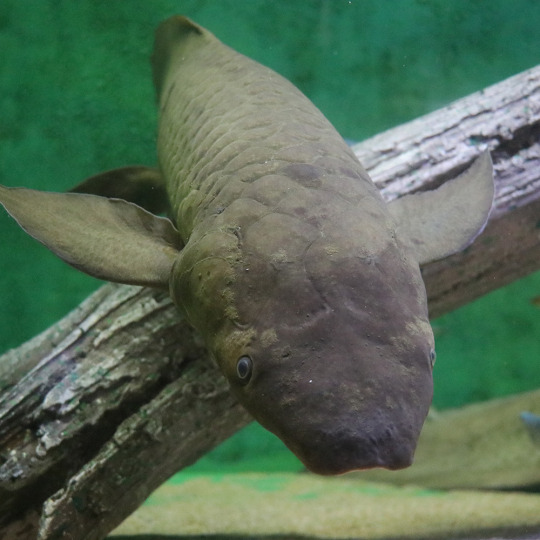
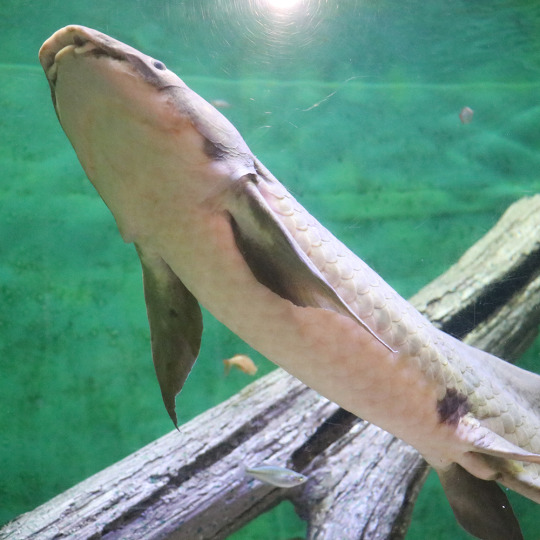
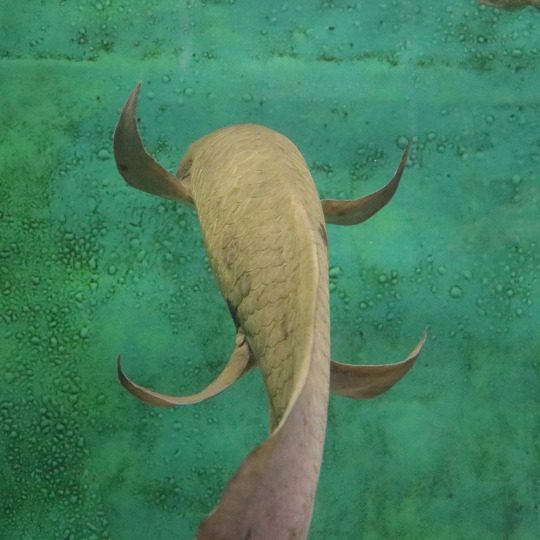
竹島水族館は彼らが見やすくてサイコーだぁああ
@竹島水族館
Takeshima Aquarium is fantastic for easy viewing of these creatures!!!!!!!!!!!!!!!!!!!!!!
@Takeshima Aquarium
#竹島水族館#freshwater fish#fish#neoceratodus forsteri#lungfish#australian lungfish#オーストラリアハイギョ#ネオケラトドゥスフォルステリ#ネオケラトドゥス・フォルステリ
371 notes
·
View notes
Text
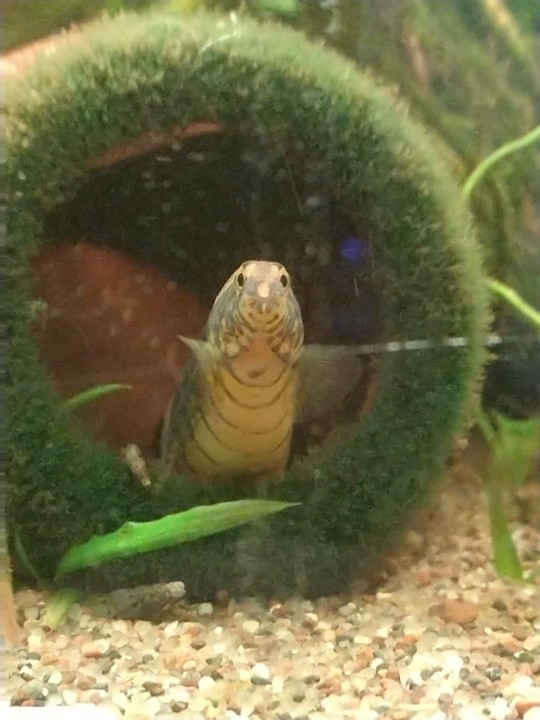
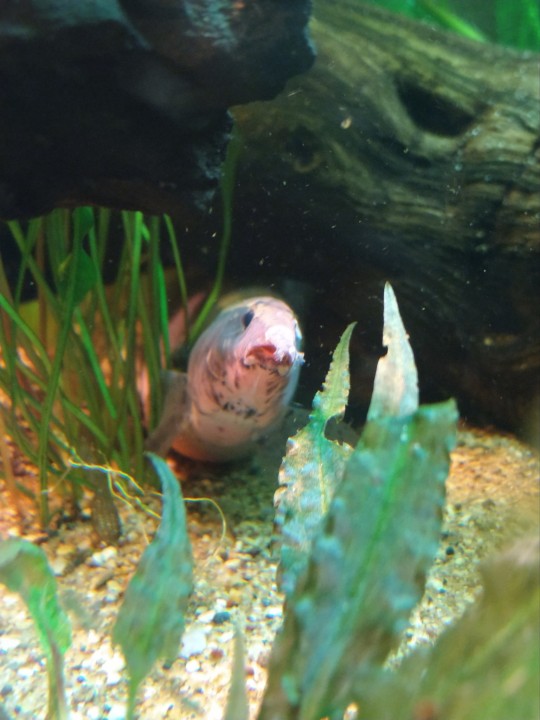
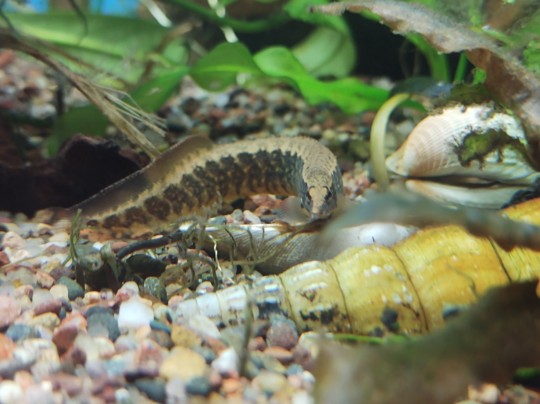



A collection of front facing eels.
315 notes
·
View notes
